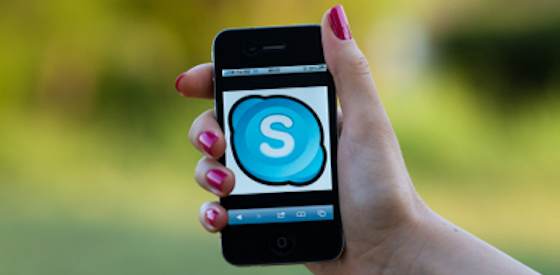- MENU
- HOME
- SEARCH
- WORLD
- MAIN
- AFRICA
- ASIA
- BALKANS
- EUROPE
- LATIN AMERICA
- MIDDLE EAST
- United Kingdom
- United States
- Argentina
- Australia
- Austria
- Benelux
- Brazil
- Canada
- China
- France
- Germany
- Greece
- Hungary
- India
- Indonesia
- Ireland
- Israel
- Italy
- Japan
- Korea
- Mexico
- New Zealand
- Pakistan
- Philippines
- Poland
- Russia
- South Africa
- Spain
- Taiwan
- Turkey
- USA
- BUSINESS
- WEALTH
- STOCKS
- TECH
- HEALTH
- LIFESTYLE
- ENTERTAINMENT
- SPORTS
- RSS
- iHaveNet.com
Michael Kowalchik

It’s difficult to look around and not see the profound impact that new technologies have had on our culture. Smartphones and other tools allow us to connect and communicate in real time, respond quickly to changing business needs and stay on top of business metrics. We can monitor and control our infrastructure and make changes instantly, no matter where we physically are.
As a small startup, our business at Smarterer (a platform for online technical and social networking skills assessment) has benefited from this. Specifically, these three gadgets we adopted continue to help us stay nimble and focused, working together efficiently:
1. Smartphones
The always-on connectivity and applications that devices like iPhones and BlackBerrys provide creates an unprecedented level of flexibility. Having a connected computer in your pocket allows you to react to changing technology and business conditions in real time. It’s not only the more obvious things like email and other forms of messaging, but also the tools you can now have with you at all times, like an SSH client to securely log in to your infrastructure from almost anywhere, or a capable Web browser enabling access to things like a SaaS provider’s control panels.
I believe the number of independent gadgets is dwindling. This is partly because our smartphones are, as R. Buckminster Fuller might say, rapidly “ephemeralizing” other gadgets we traditionally used. There’s less of a place for things like standalone video and still cameras, GPS devices and scanners, since many of their functions can be performed by our smartphones as applications. In the future, I believe tablet computers, such as the iPad, will become even more importa
2. Next-gen Laptops (And Cloud Access)
Another type of gadget that has had some impact on our business is highly portable computers with solid-state disks. As a company, we’re partial to the Apple MacBook Air. These machines provide a surprising amount of performance -- especially for disk-heavy applications, like virtualization software. The portability and ruggedness of these machines makes it easier, and therefore more likely, to work from home or out of the office.
In addition, virtualization and cloud services such as Amazon EC2 have fundamentally changed the way we think about computing resources for our software. Currently, we use VirtualBox from Oracle to provide a virtualized, unified system image that all our developers work against, regardless of their chosen development tools or environment (Mac, Windows or Linux).
This common baseline gives us several benefits: First, it allows us to more closely match our development environment to our production systems. Second, using virtualized images significantly reduces the amount of time required to bring a new developer or designer up-to-speed. And third, when it’s time to deploy software, virtualized machines eliminate many of the variables and dependencies that are associated with developing software on mismatched systems and operating systems.
3. Webcams
Web-connected cameras are becoming fairly ubiquitous on both laptops and smartphones. Technologies such as Skype and FaceTime are making video communication more available. I’ve done some video collaboration in the past, and the ability to see someone face-to-face makes a difference in the speed and quality of collaboration. Seeing your colleagues also helps unify the team and create more of a shared sense of company culture, which is important.